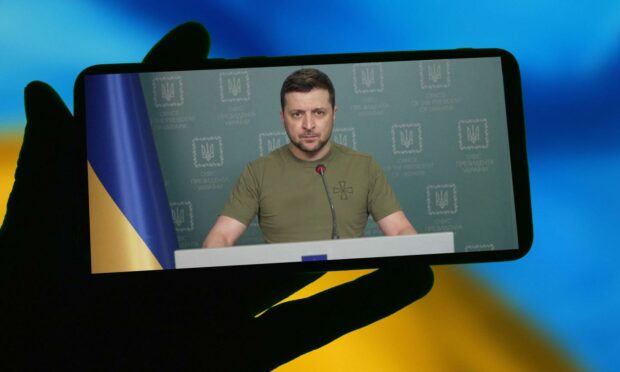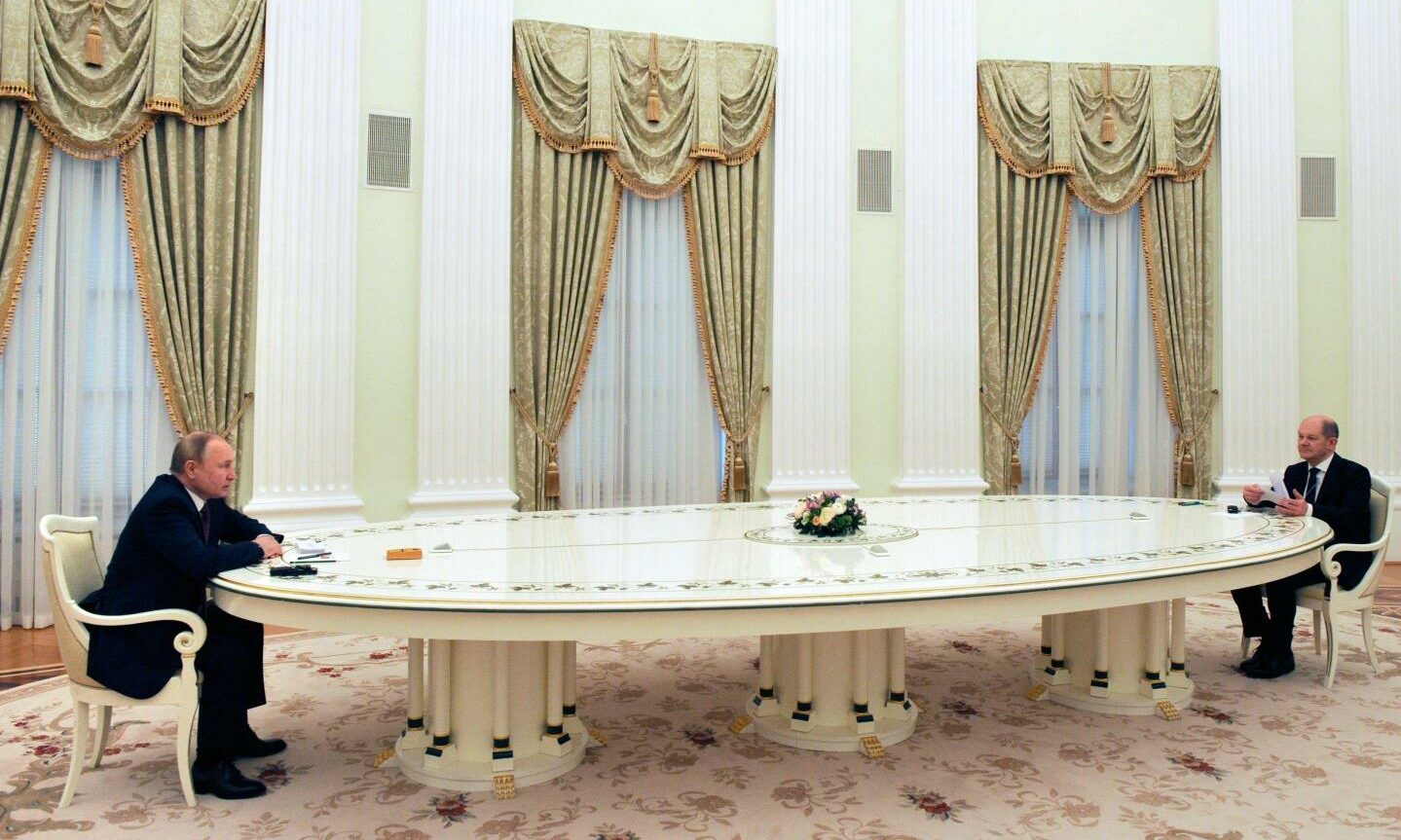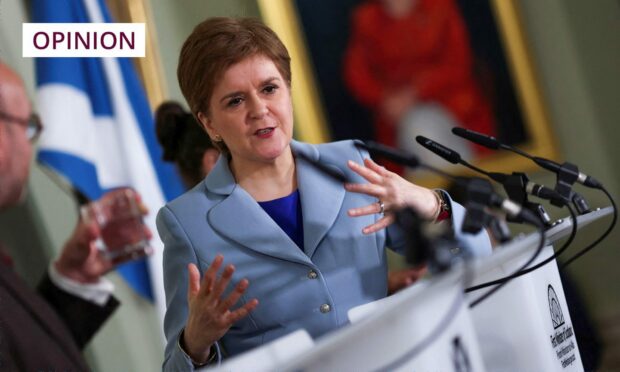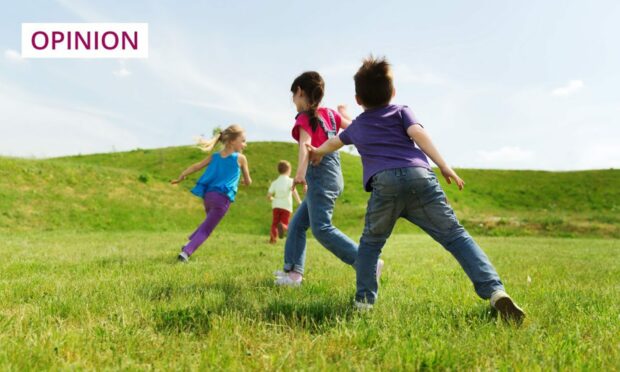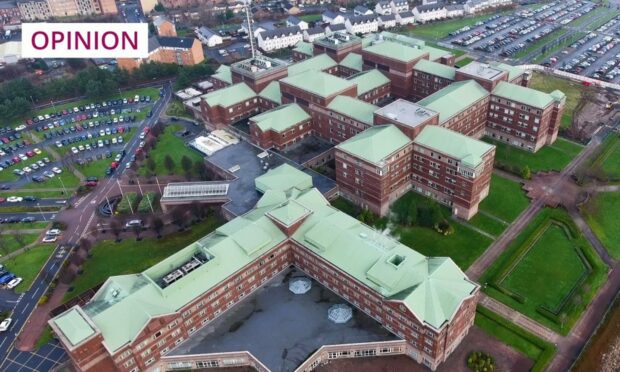There has been much talk about weapons lately: the anti-tank missiles we are supplying to Ukraine, the pros and cons of a no-fly zone, and the dangers of being drawn into a nuclear conflict.
This discussion focuses on armaments but, in the Ukrainian conflict, there is one weapon which has been employed from the very beginning, to great effect, and we are all the targets. It is the weapon of information.
We have seen the emergence of an expert communicator in the Ukrainian president, Volodymyr Zelensky, whose social media posts have shown the greatest world leaders how it is done.
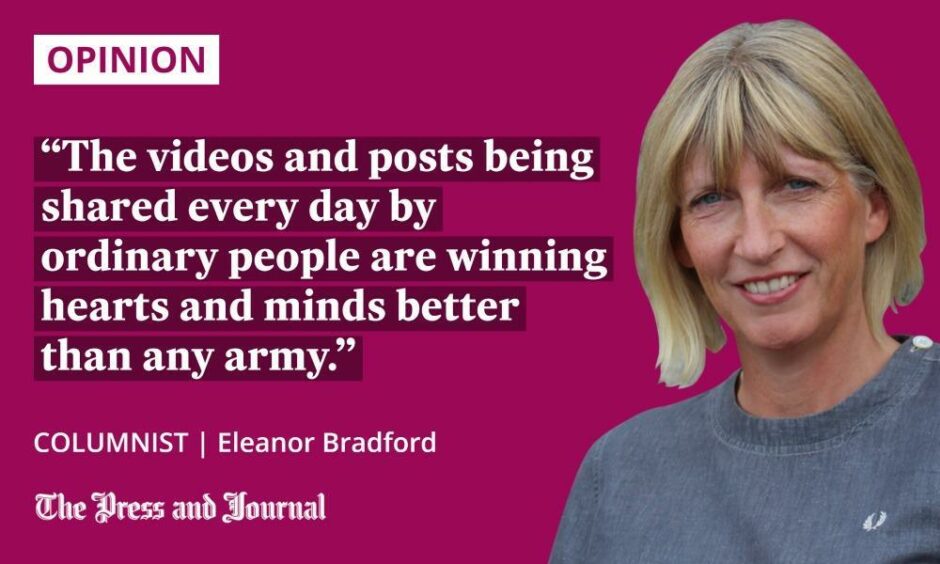
He abandoned press conferences in favour of quick videos from the streets, in military clothing, showing Western audiences exactly what was happening in his country via the most popular media platforms.
The message? We are like you. This could be you.
Social media posts as powerful as any bomb
This former comedian and TV star is operating on gut instinct and driving the agenda. He is using his location to dispel rumours. His appeals have prompted army veterans from other countries to join the fight, as well as mobilising his own population.
When he told the US president that he needed “ammunition, not a ride”, he summed up his country’s plight in a perfect, four-word soundbite. There are leaders with teams of spin doctors who don’t have that level of insight.
Breaking! pic.twitter.com/VCL5mpOVMi
— Володимир Зеленський (@ZelenskyyUa) March 6, 2022
It is, of course, patronising to praise the communication skills of a man who is fighting for his country as well as his life. The stakes could not be higher. But we should not forget that Mr Zelensky’s social media posts are a weapon just as powerful as any bomb.
Contrast that with Russia’s Vladimir Putin, whose diplomatic receptions at an extraordinarily long oval table looked medieval and ridiculous. We mocked it in the West, but these optics can’t have been lost on his home audiences.
His manner is stiff and controlled, his locations are sanitised and old school. Whilst he sits in his neutral, white palace, his citizens are seeing their economy nosedive, Western brands pull out of their high streets, and even favourite TV shows going off-air. It’s as if the stagnation of the image at the top reflects the future of their economy.
Zelensky versus Putin is the future versus the past
We don’t know exactly what the average Russian is thinking but, having worked with social media specialists around the world, I am always surprised by how similar online feeds are, no matter where you live.
Whether they are in China, Russia or the UK, young users prefer authenticity and unfiltered honesty. Amongst the younger generations, Zelensky versus Putin on mass media is the future versus the past.
The power of the media has not been lost on those deploying weapons, now and throughout history.
It is no coincidence that one of the first targets in Putin’s assault was a media tower. In 1999, the tables were turned and it was Nato who bombed a Yugoslavian TV station, killing 16 employees including technicians and make-up artists. Nato’s argument was that the TV station was part of the “propaganda” war.
Only four years later, coalition forces decided Iraq’s TV station was a legitimate target and bombed that, in what Amnesty International said could be a breach of the Geneva convention. Media centres are now as much of a target as a military airbase.
Media influences the deadly weapon of public opinion
The media is using its own weapons to hit back. An entire programme team walked off set before being shut down, and even the BBC issued guidance for Russian audiences on how to get around media blocks using the dark web. The advice was issued just after the broadcaster withdrew all its journalists from Russia for their own safety.
The media is a weapon because it influences the most powerful weapon of all: public opinion.
Watch on TikTok
The videos and posts being shared every day by ordinary people are winning hearts and minds better than any army. Their victory may not be in the short-term, but it will win out in the end.
My young son, who takes no interest in the news, told me this evening about a video he’d seen on TikTok. It was of a woman who confronted heavily armed soldiers and gave them sunflower seeds so that “at least there will be sunflowers when they die”.
When a 12-year-old is informed about a conflict hundreds of miles away via social media, you know who has the deadliest weapons in their army.
Eleanor Bradford is a former BBC Scotland health correspondent and now works in communications in the education sector
